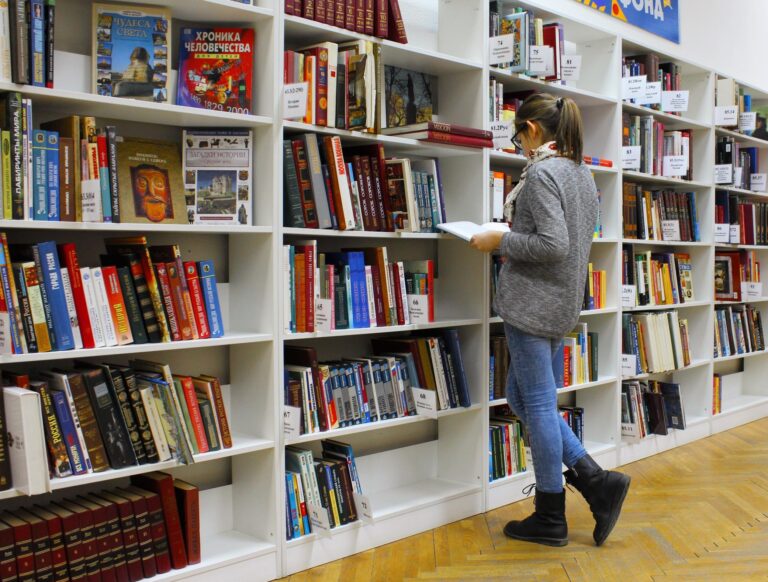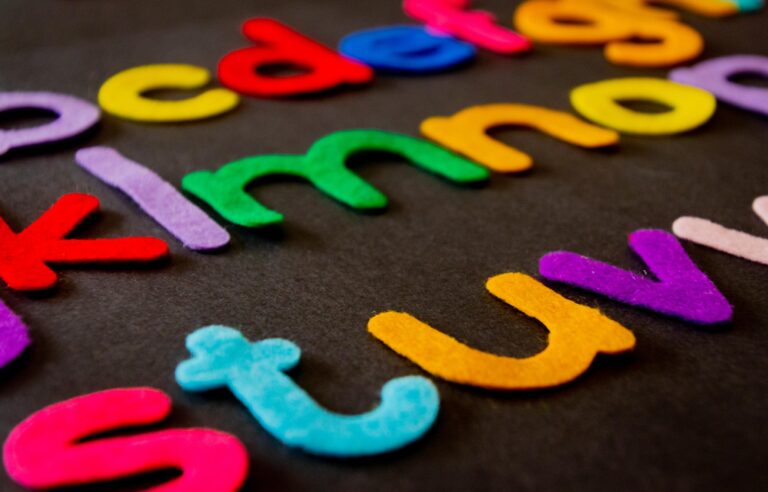As an AI language model, I don’t have access to real-time information and can’t predict the future accurately. However, I can provide you with some potential trends in multicultural education that may be relevant in 2023 based on current discussions and advancements. Please note that these are speculative and may not reflect the exact circumstances in 2023:
1. Culturally responsive teaching: An increased emphasis on incorporating students’ cultural backgrounds and experiences into the curriculum to promote inclusive learning environments.
2. Global perspectives: Integrating global perspectives and diverse cultural experiences into education to create a more comprehensive understanding of the world.
3. Decolonizing the curriculum: Focus on challenging and diversifying the traditional curriculum, critically examining the Eurocentric narrative, and incorporating alternative viewpoints.
4. Multilingualism: Recognizing and supporting linguistic diversity by promoting bilingual and multilingual education, as well as valuing all students’ languages and cultural heritage.
5. Social justice education: Expanding the role of education in addressing social inequalities, promoting equity, and fostering inclusive communities.
6. Technology integration: Utilizing technology to enhance multicultural education, such as virtual exchange programs, online resources, and digital tools that facilitate multicultural collaboration.
7. Cultivating empathy and cultural competence: Developing students’ ability to understand and respect different cultures, perspectives, and experiences to build more inclusive and understanding societies.
8. Diverse representations in learning materials: Increasing efforts to provide diverse and inclusive learning resources, including literature, artwork, and media that reflect multiple cultures and identities.
9. Intersectional perspectives: Considering the complex intersectionality of factors such as race, gender, sexuality, ethnicity, and socio-economic status to promote a more inclusive understanding of diverse identities and experiences.
10. Community partnerships: Collaborating with local communities and cultural organizations to enrich curriculum content, provide educational resources, and foster meaningful connections with diverse communities.
These are potential trends that could shape multicultural education in 2023, but please note that the educational landscape is constantly evolving, and new developments may arise.










+ There are no comments
Add yours